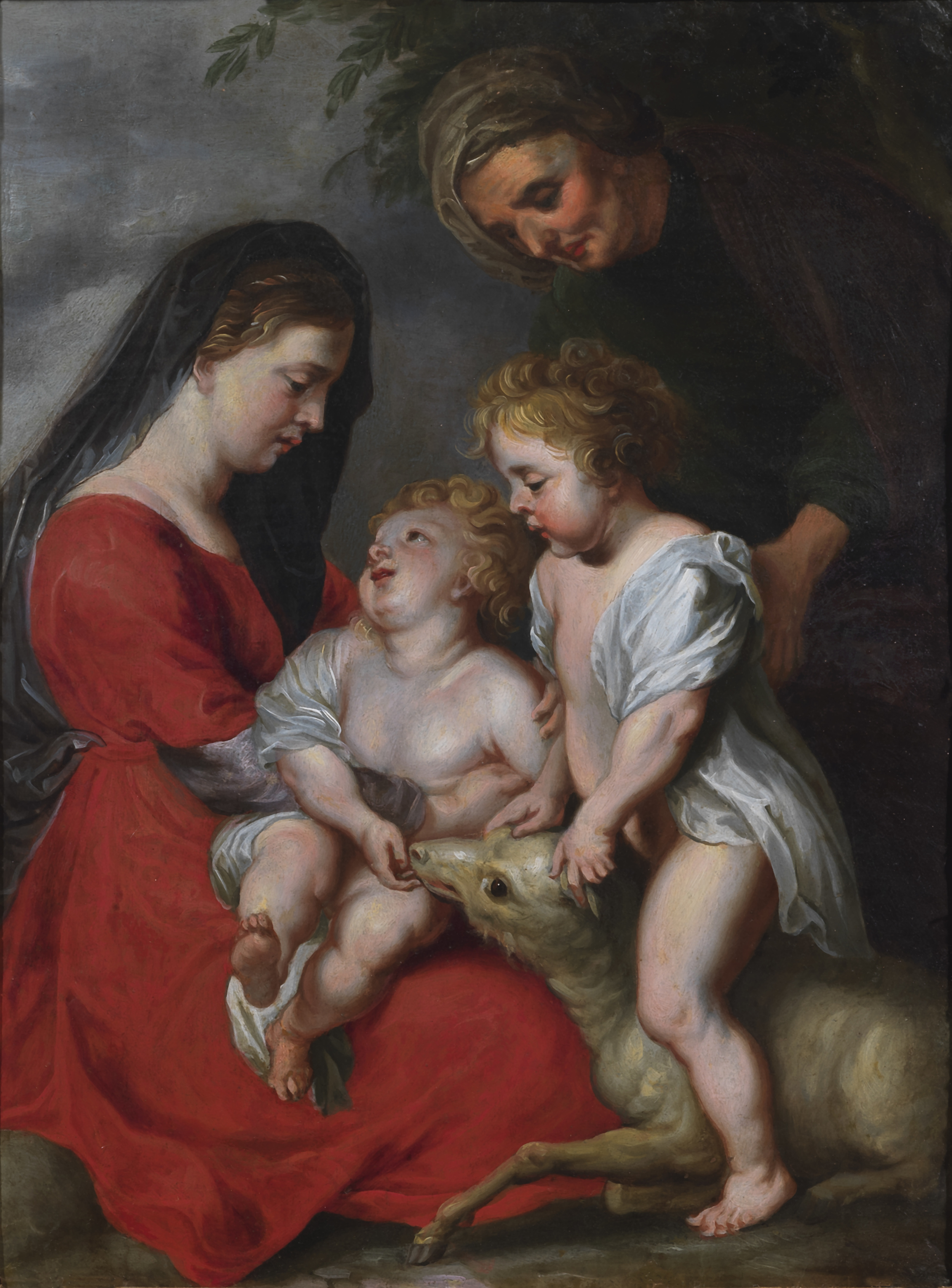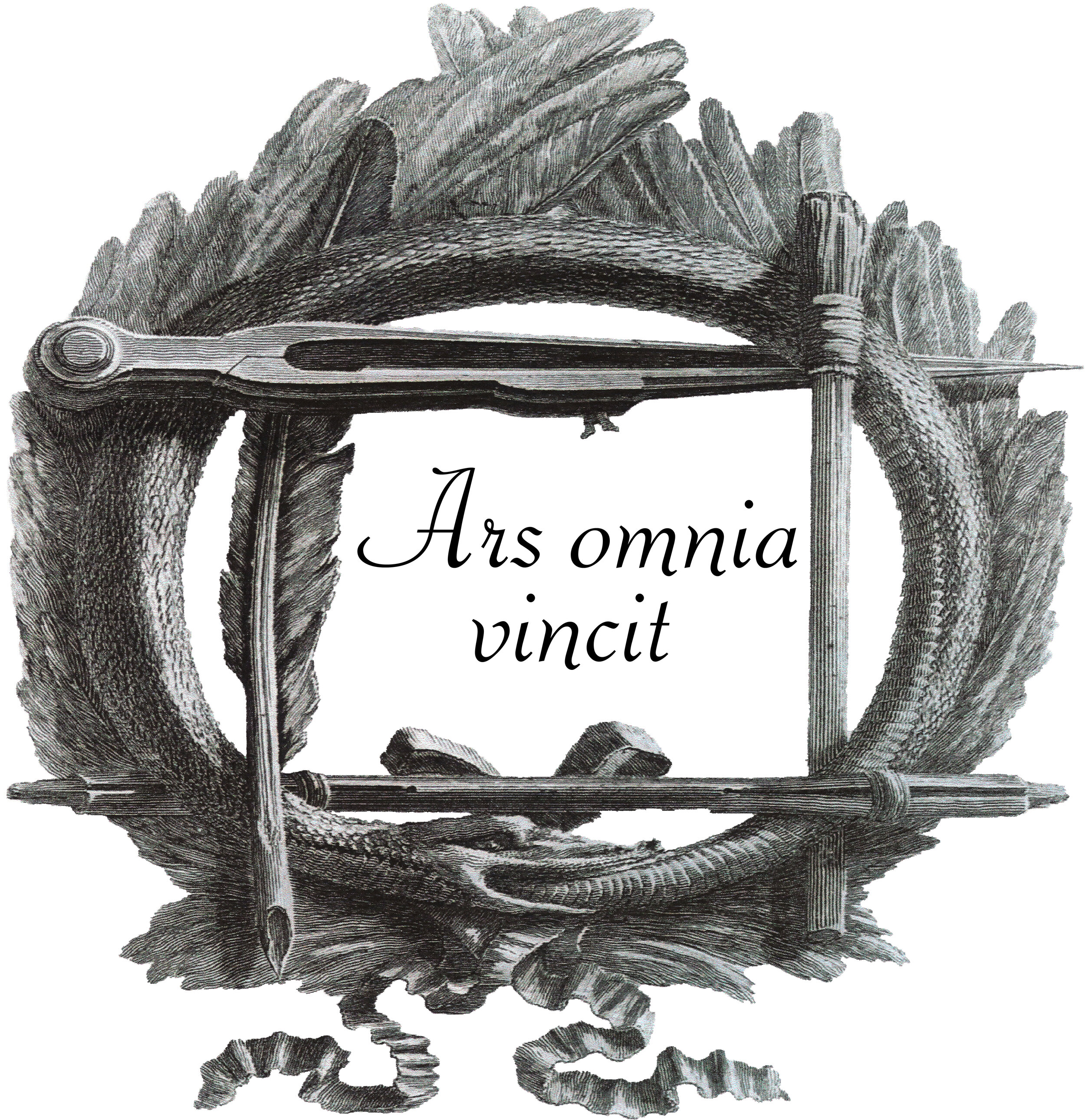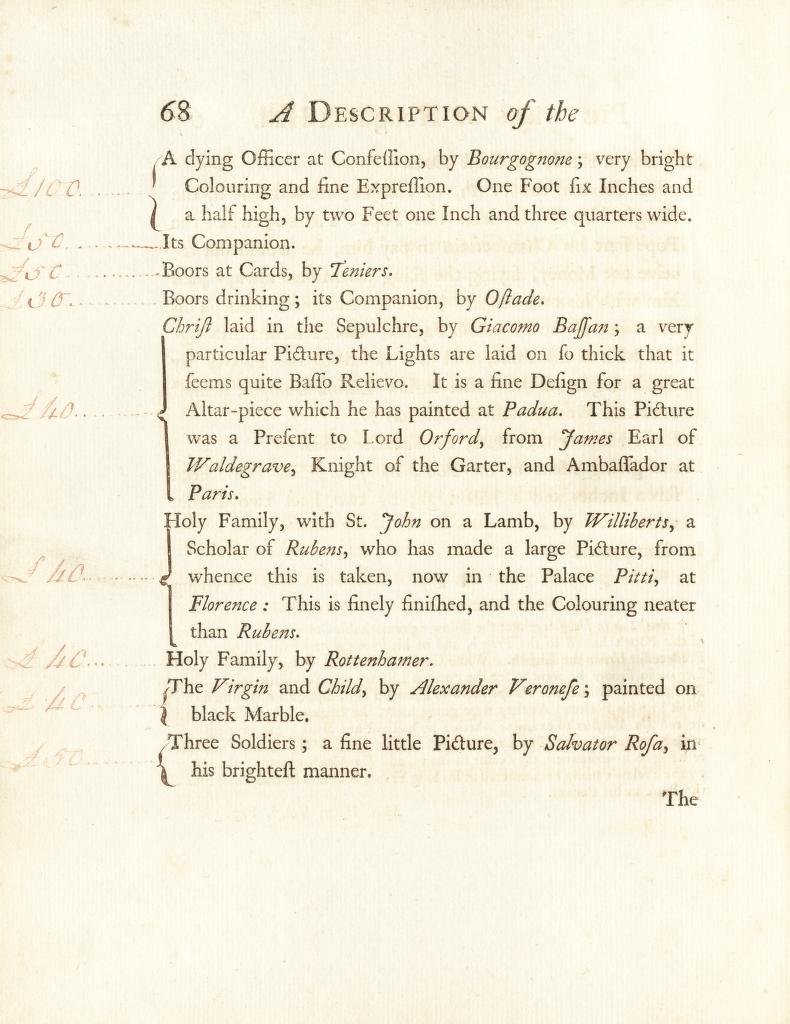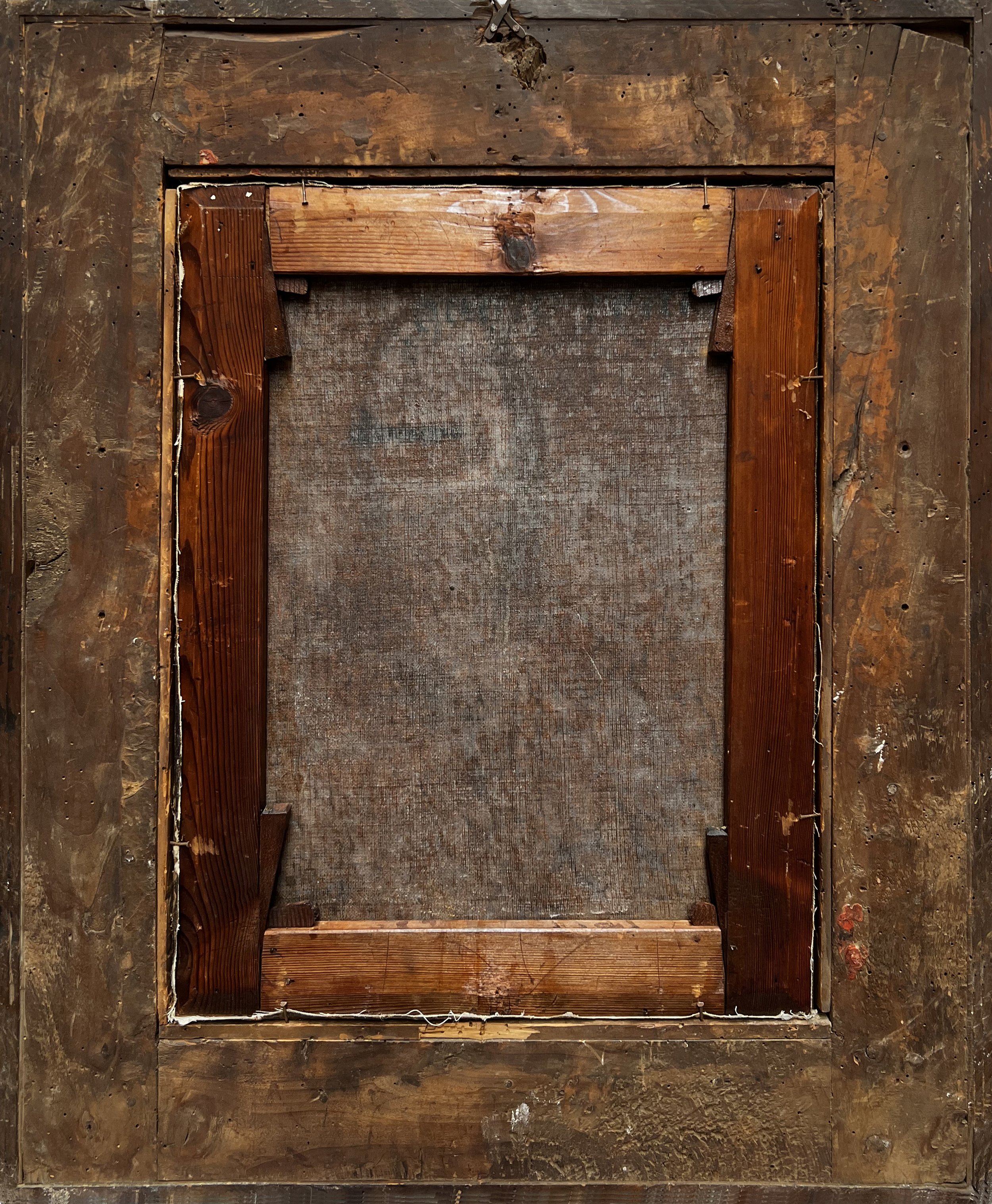"Virgin, Jesus, St. John and St. Elizabeth"


"Virgin, Jesus, St. John and St. Elizabeth"
A XVII century Flemish school very fine oil on copper attributed to Thomas Willeboirts Bosschaert (1613-1654) representing the Virgin with baby Jesus, St. John and St. Elizabeth in a contemporary roman ebonized and gilt wood frame.
Excellent condition commensurate with age, small restorations.
The size of the painting is cm 31 x 24 ca.
Thomas Willeboirts Bosschaert (1613 – 23 January 1654) was a Dutch-born Flemish Baroque painter. Willeboirts Bosschaert was born in Bergen op Zoom, where his Catholic family had moved in the late sixteenth century. He moved to Antwerp in 1628, and entered the studio of Gerard Seghers for eight years. In 1636 or 1637 he became an Antwerp citizen and joined the Guild of St. Luke. He died in Antwerp.
His style is heavily influenced by Anthony van Dyck, both in history and portrait, leading some scholars to suggest that Willeboirts might have studied in that studio. The artist ran his own studio with at least nine known pupils, and collaborated with other artists of the time such as Daniel Seghers, Paul de Vos, Jan Fyt, Jan van den Hoecke, Frans Snyders and Adriaen van Utrecht, as well as with Peter Paul Rubens on the decoration series for Philip IV of Spain's Torre de la Parada (1636–1638). Between 1641 and 1647 he also worked for the Dutch stadtholder Frederik Hendrik of Orange. Hendrik's widow, Amalia von Solms also commissioned a work from Willeboirts for the decorations of the Oranjezaal (Orange Room) in the Huis ten Bosch, a decorative program that included both Dutch and Flemish masters. In 1653, a competition was held in Antwerp between him and Cornelis Schut to create an altarpiece with money that had been allocated for Van Dyck before his death. Schut's painting, The Martyrdom of St. George (Royal Museum of Fine Arts, Antwerp), won. Willeboirts made the grisaille centerpieces for two of Daniel Seghers garland paintings. For one of these Seghers was awarded with a solid gold maulstick, and Willeboirts was given a hundred guilders.
On the back of the copper is written twice the name MAYNARD. Coincidentally, in Domenico Petochi's book " I Mosaici Minuti Romani " we found a photo of the inside of a snuff box in which Viscount Maynard's name is engraved.
Snuff box interior.
Then researching the noble family we learn that the Maynard viscounts and barons in the 1600s were diplomats in the Netherlands.
Maynard’s family crest.
In the second half of the 1700s we find the painting mentioned in the work Aedes Walpolianae, ("A description of the collection of paintings at Houghton Hall in Norfolk, home of the Honorable Sir. Robert Walpole Earl of Oxford) Sir. Robert Walpole (1676-1745) who was also England's prime minister.
Page 68 taken from the volume "Aedes Walpolianae "with a description of the painting:
Holy Family, with St. John on a Lamb, by Williberts, a Scholar of Rubens, who has made a large Picture, from whence this is taken, now in the Palace Pitti, at Florence: This is finely finished and the Colouring neater than Rubens
In 1774 the painting was depicted in a mezzotint print with the relative measurements 9.5 x 13.5 inches ( 31 x 24 cm) forming part of the work "A series of engraved prints after most of the most important paintings now in the collection of Her Imperial Majesty the Empress of Russia, first in the possession of the Earl of Oxford at Houghton in Norfolk" begun in 1773 and finished in 1788.
An etching of the painting.











